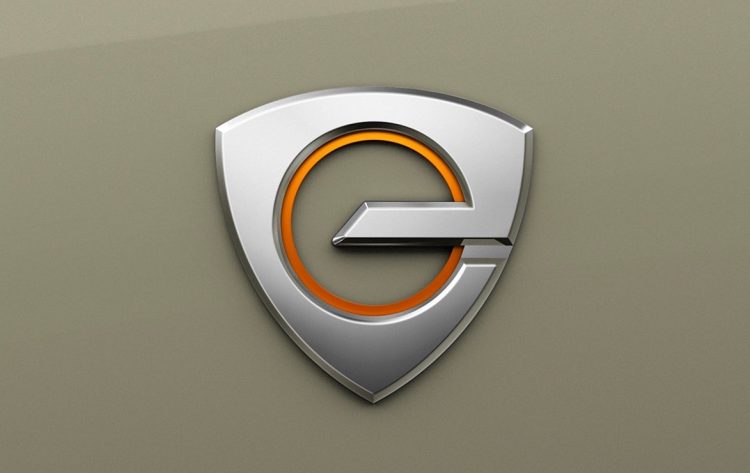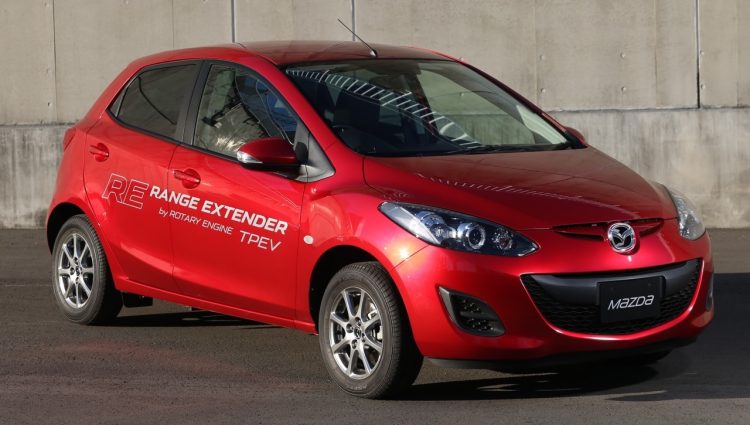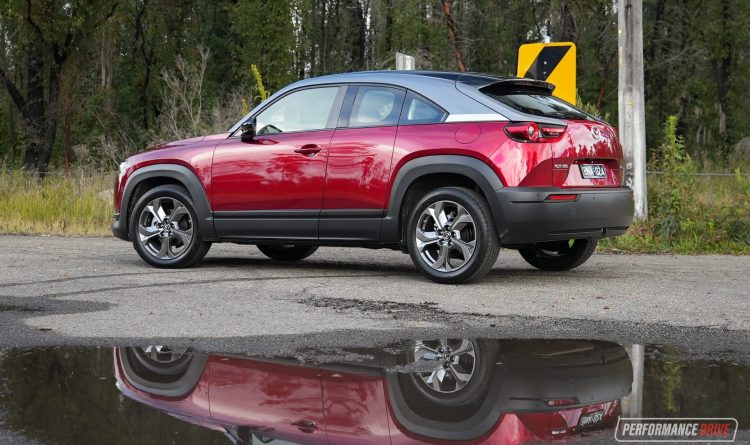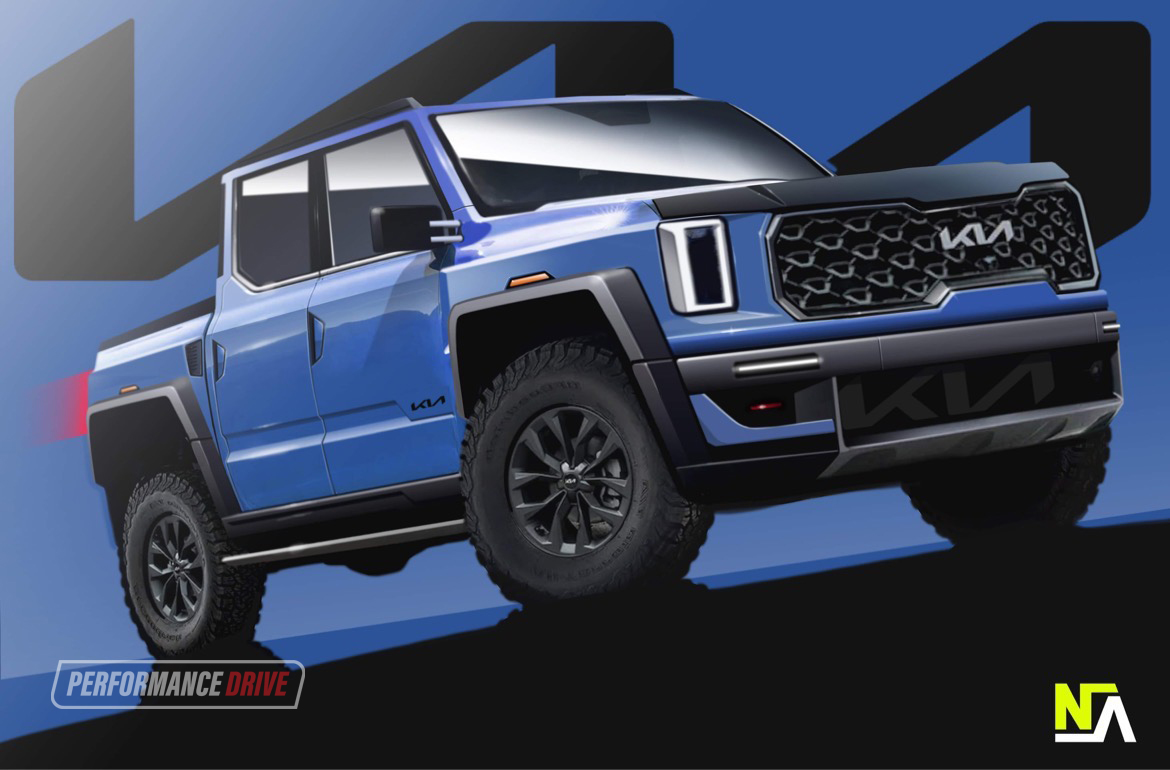After years of rumours and anticipation, Mazda has finally confirmed, officially, that it will reintroduce its iconic rotary engine in an upcoming production car.
There’s a bit of a catch, though. The new rotary engine is not for a dedicated sports car or revival RX-3 or RX-7. Technically, the new rotary won’t even power the car, but instead exist as an electric generator for a plug-in hybrid option for the MX-30 small SUV.
Mazda has been toying with the idea for quite a few years now, and even started testing a Mazda2 prototype about 10 years ago featuring a rotary engine which acted as a range-extender for an electric setup.
Details on the new MX-30 rotary plug-in hybrid option will be announced at the Brussels Motor Show starting on January 13, however, Mazda says the option will be available for the European market from the northern spring (second quarter) this year.
In the Mazda2 prototype, the setup consisted of a 10L petrol tank for a 0.33-litre rotary engine. This was enough to support a range of about 400km. For the new MX-30, Mazda says the package is a “unique plug-in hybrid” setup, featuring “an electric generator powered by a newly-developed rotary engine”.
It’s understood a rotary engine layout is being reintroduced due to its very compact design, allowing it to squeeze in under even the smallest of bonnets. Additionally, the rotary engine has previously been tested and is said to be very quiet, smooth, and efficient when running at its optimum speed.
As far as we understand, the new rotary will be used in a similar ‘range-extender’ layout as the old Mazda2 prototype, helping top up the battery for a predominately electric system. At the moment the MX-30 is available in full electric trim but its small battery provides just 200km of range.
It’s unlikely the new option will be introduced in Australia, at least initially. We’re assuming Mazda will be heading to markets that have strict emissions laws first, such as Europe.



